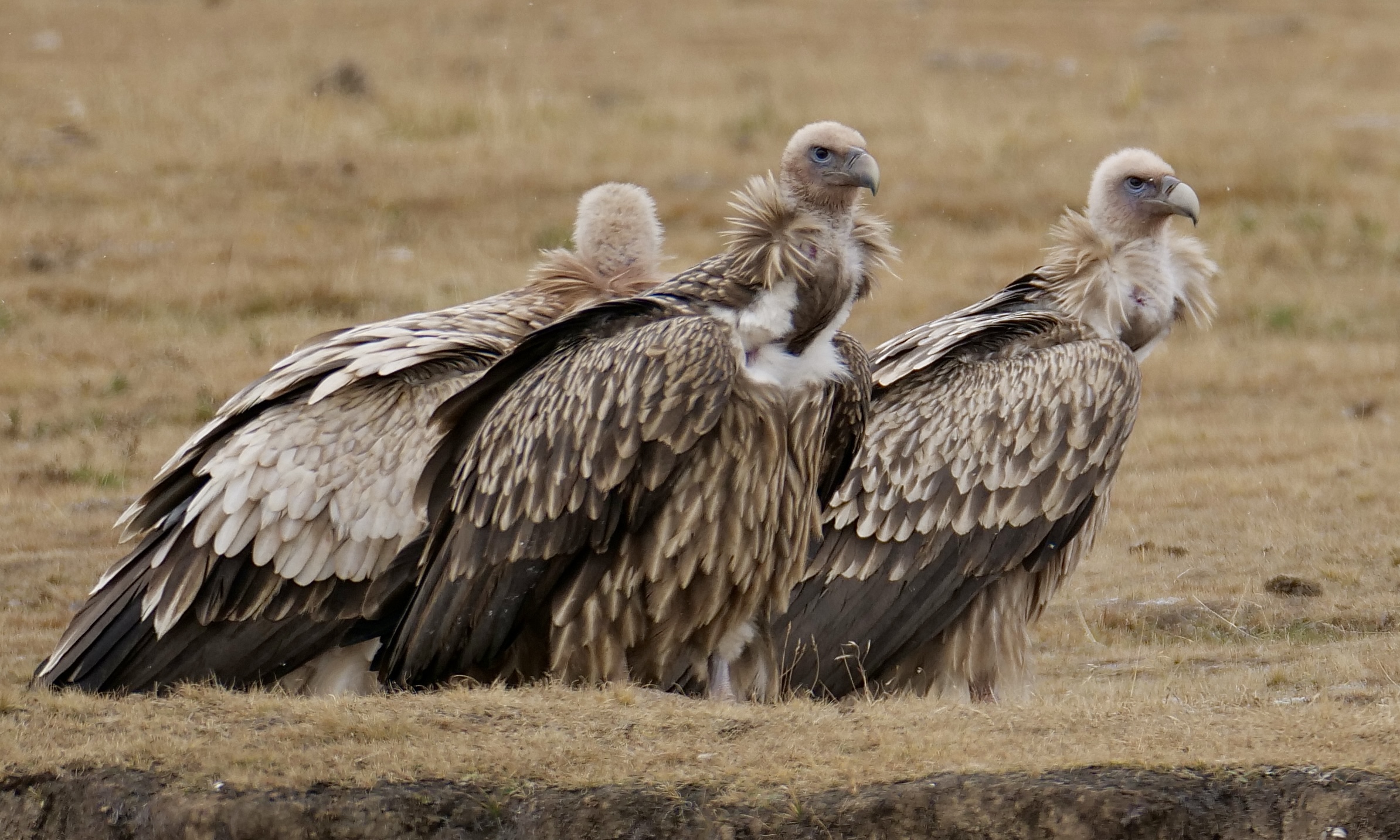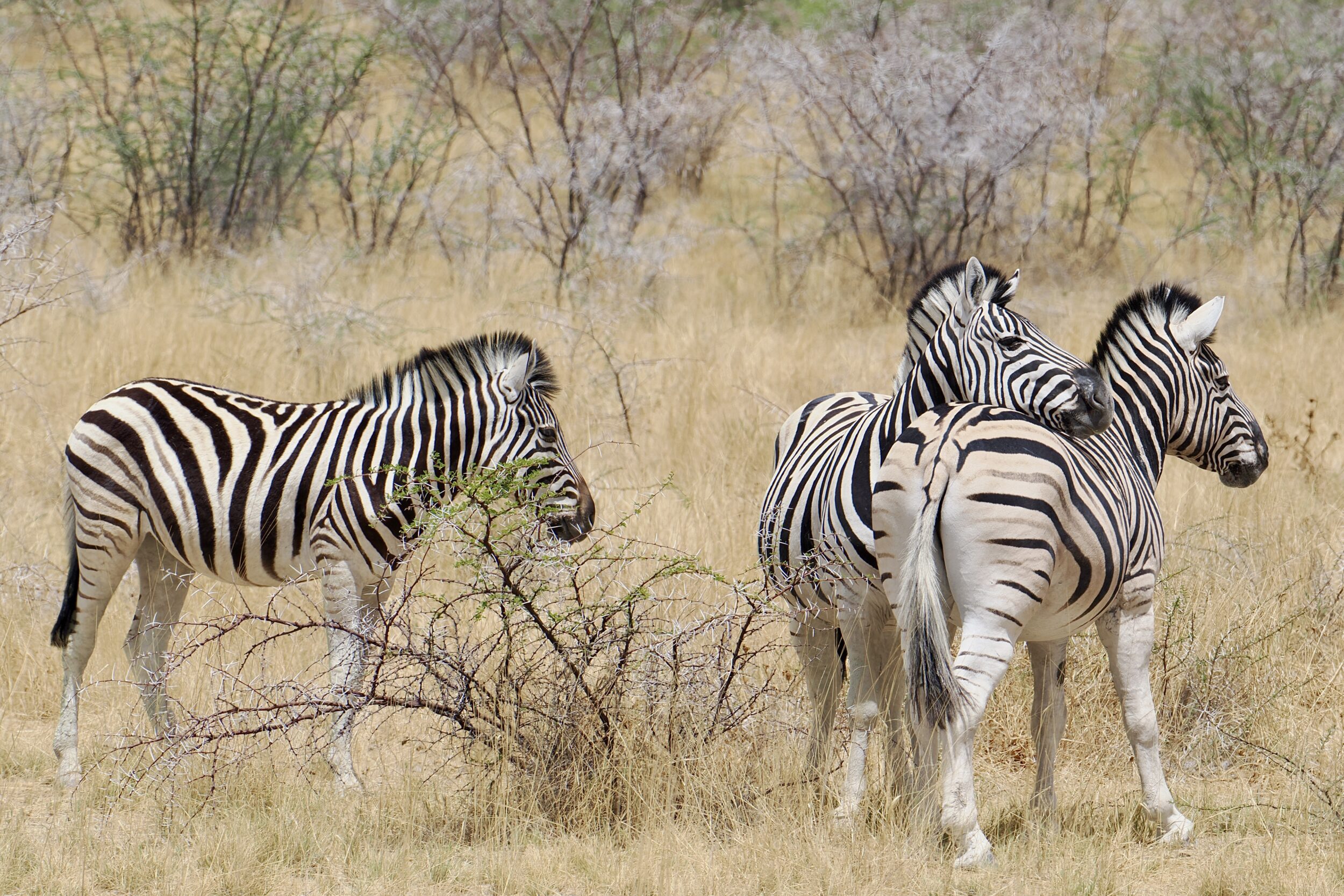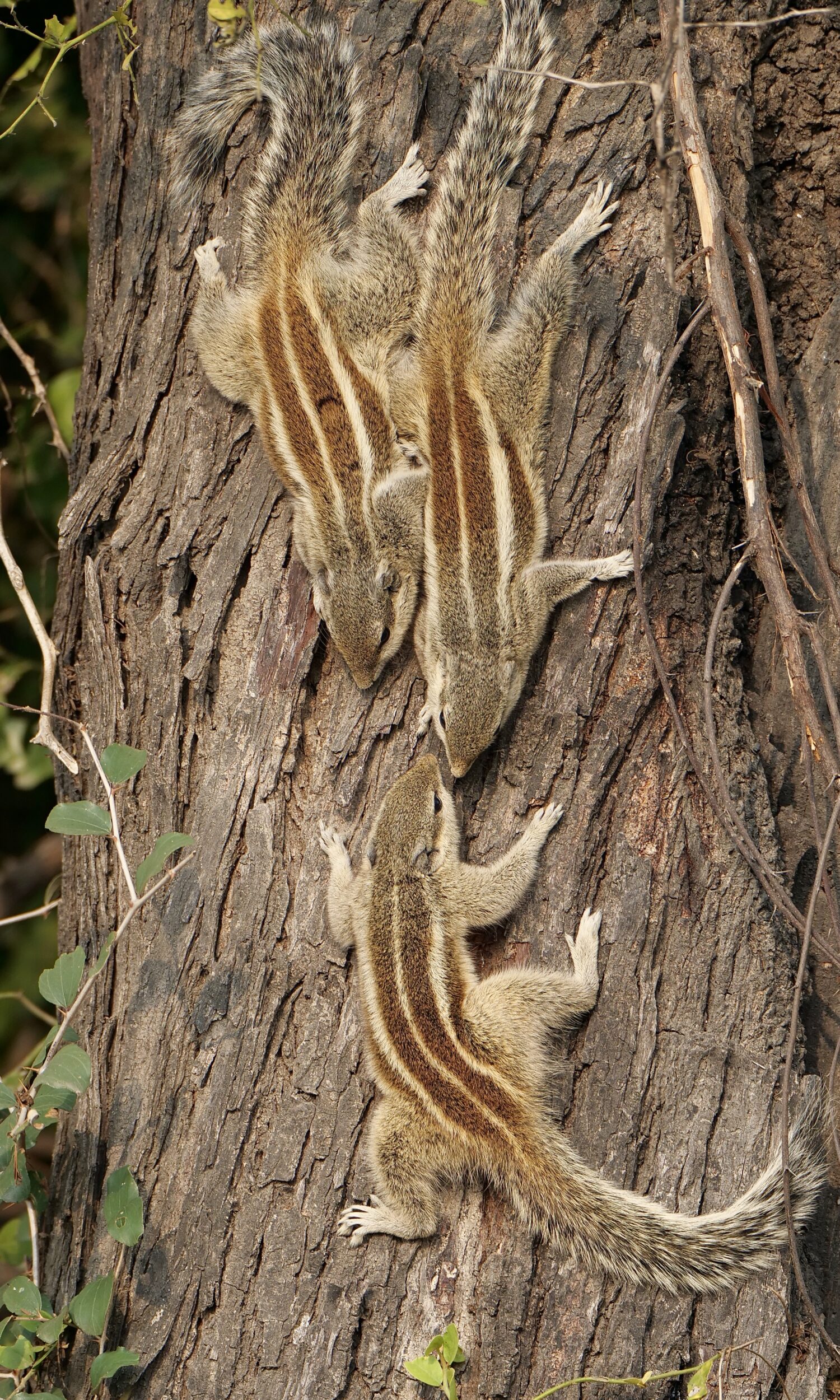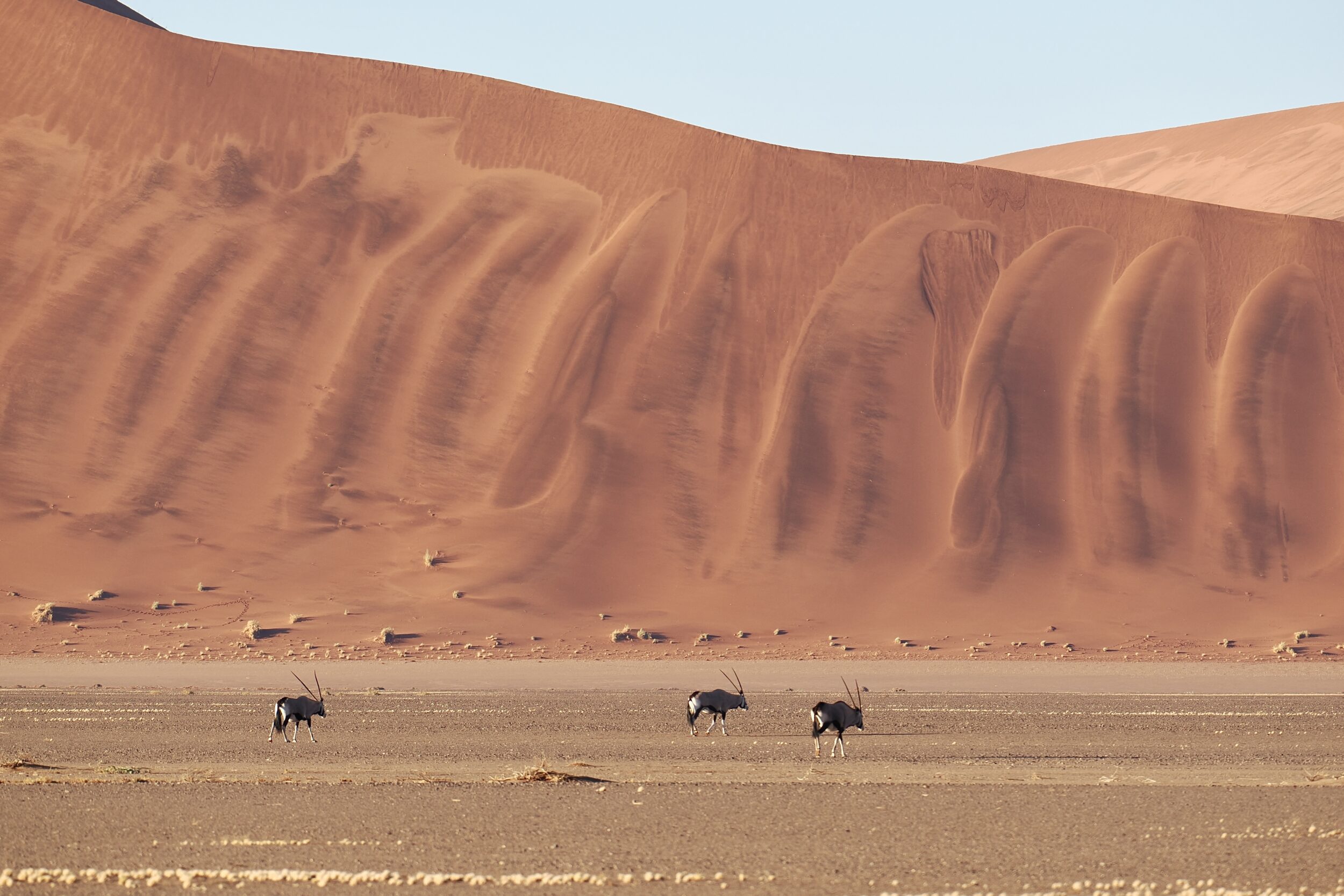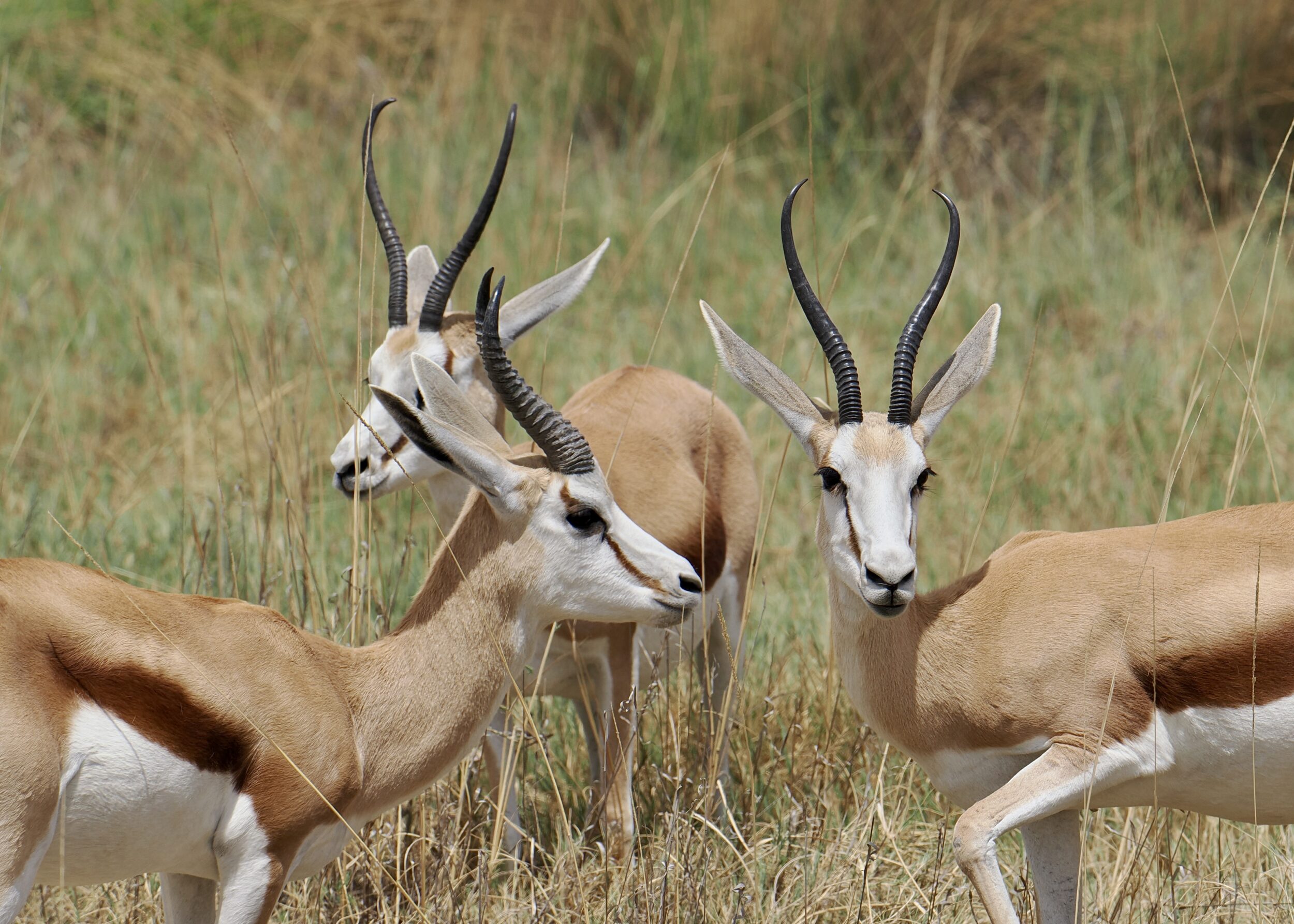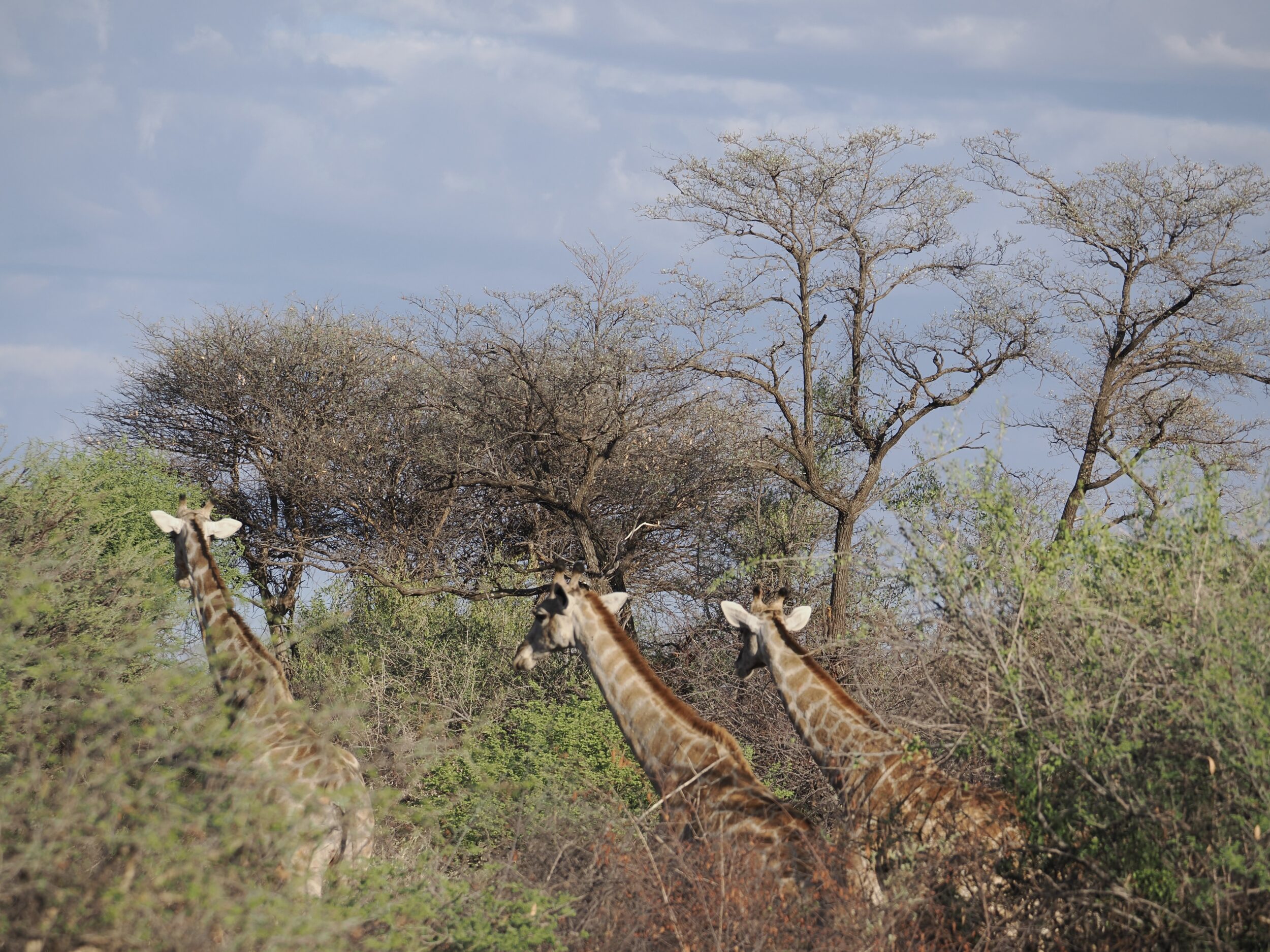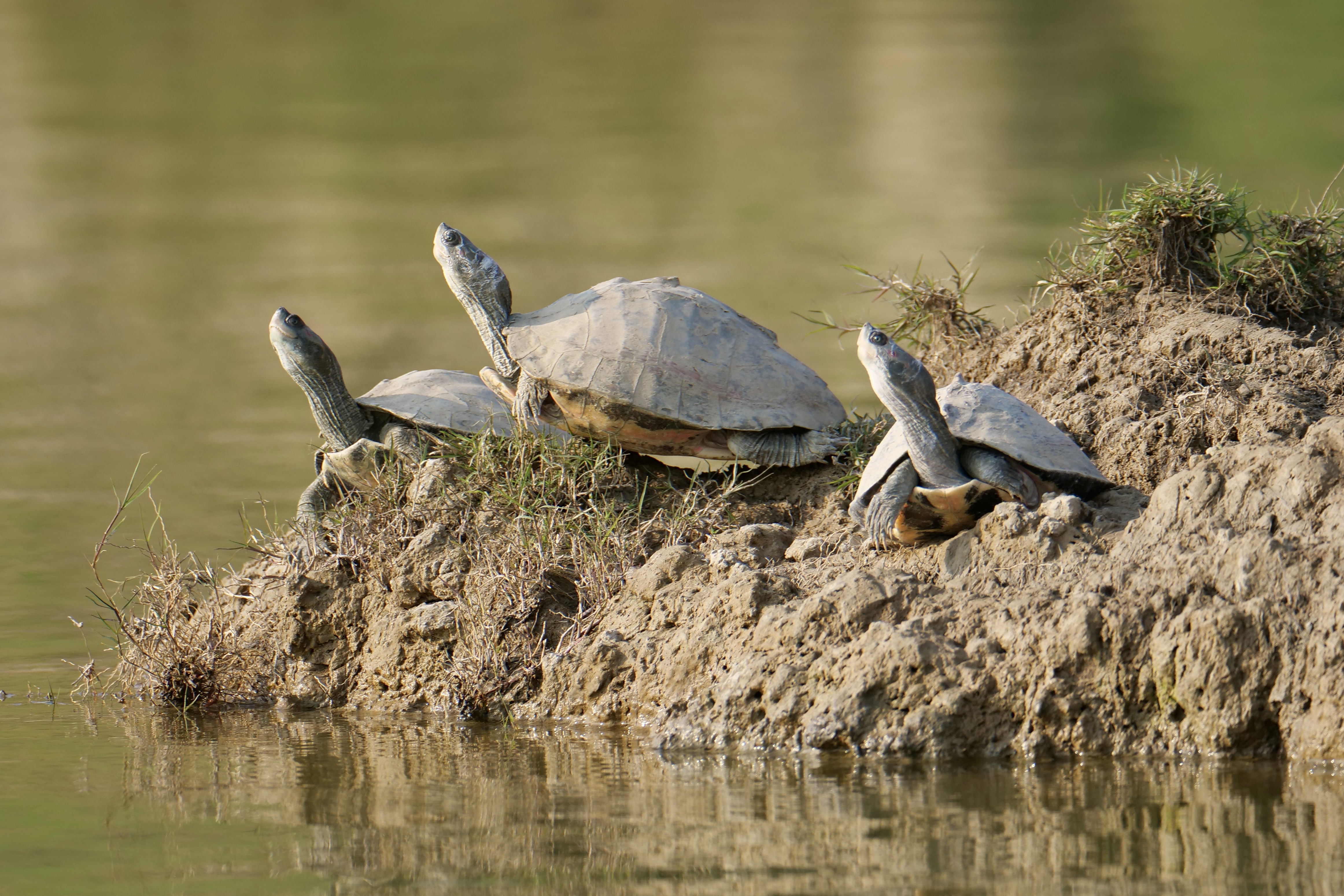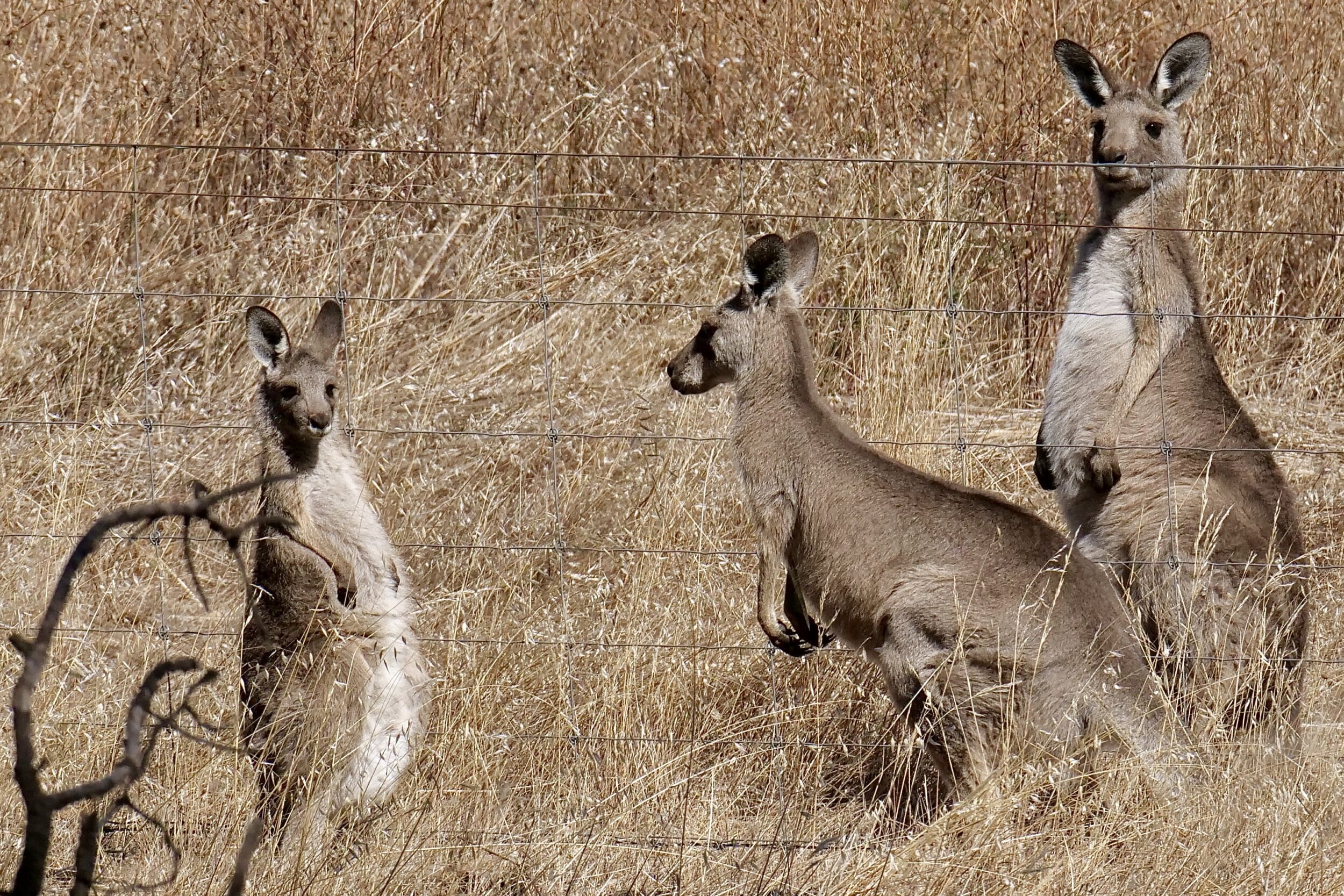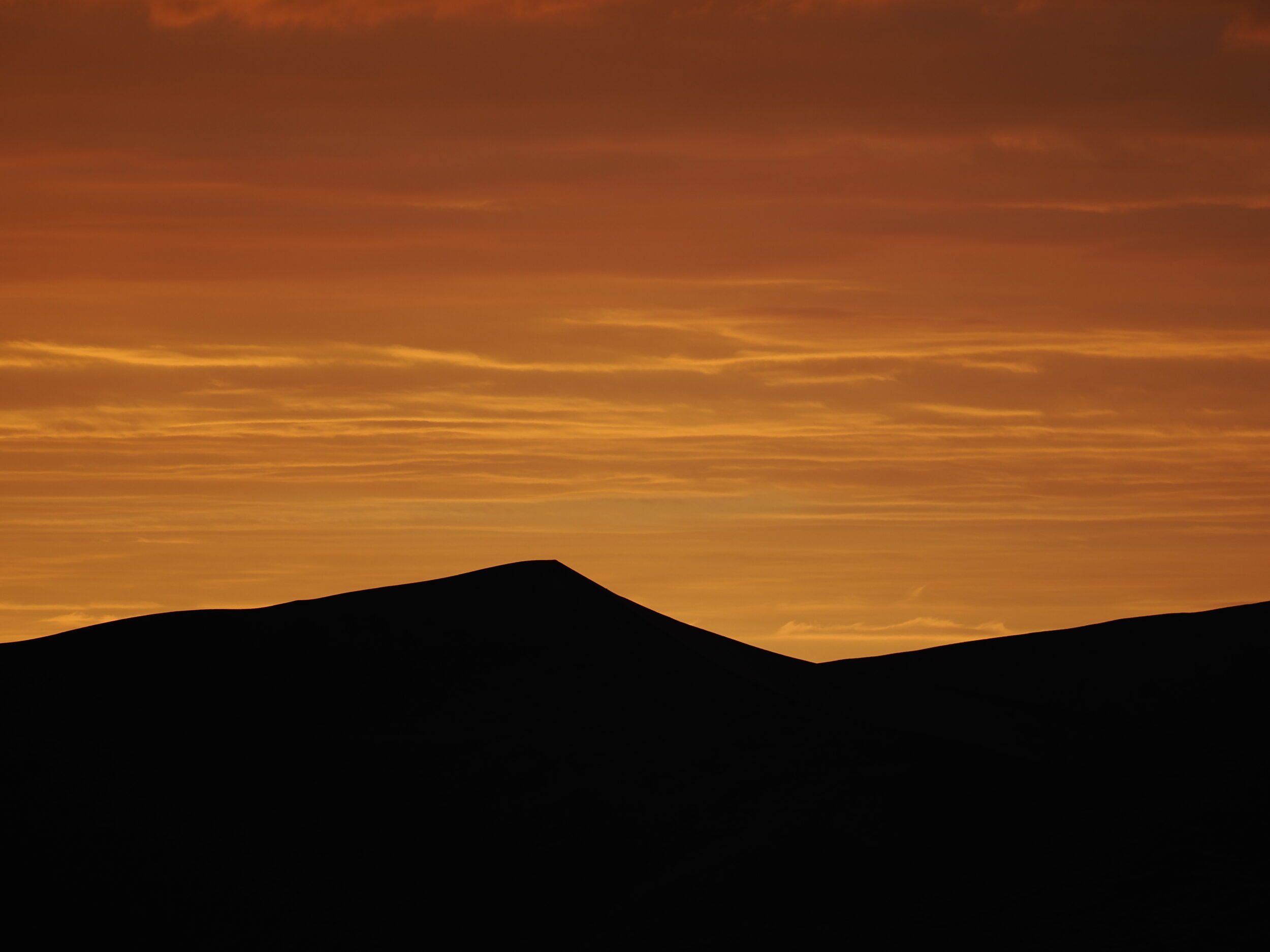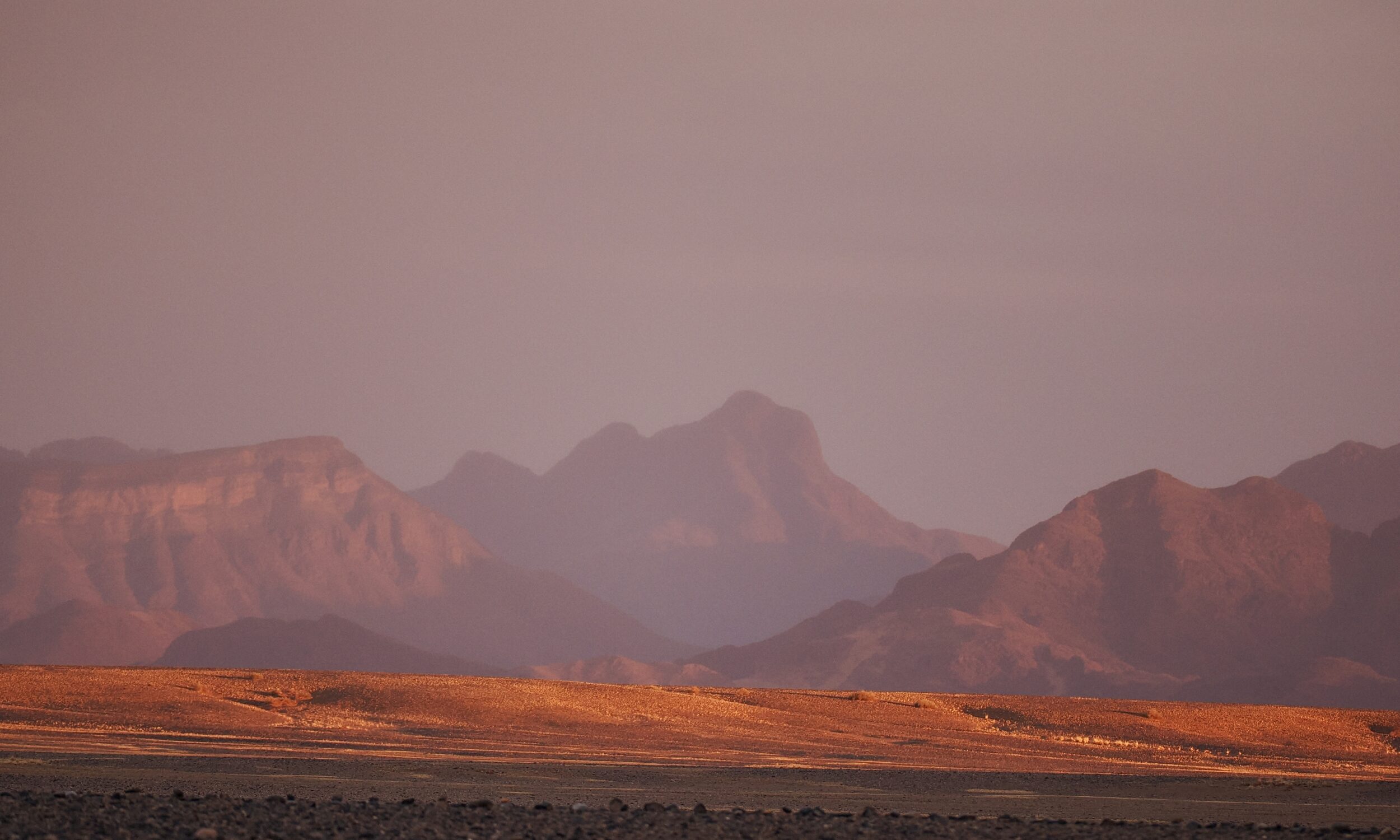Dead yaks reputedly provide rather more than half of the food eaten by Gyps himalayensis, but many members of Homo sapiens have also been devoured.
“Live” humans, fear not!
These very large raptors are scavengers, not hunters.
For countless human generations – via so-called “Tibetan Sky Burials”, in which religious rites are meticulously conducted, but the recently-deceased are not buried – Himalayan Griffon Vultures have done high-altitude humans a valuable service.
Comments closed